Additional Newsletter available to download
Category: Information for Members
-
SSTA Newsletter – Congress 2016
The post Congress 2016 newsletter is now available for members to download.
-
SSTA moves to Industrial Action Ballot to cut Teacher Workload
The SSTA National Executive has sanctioned a formal ballot for Industrial Action to cut teacher workload. The National Executive considered the recent SSTA Indicative Ballot and are of the view that it had no option but to move to a formal ballot to protect its members. The Indicative Ballot showed that members were unhappy with the current proposals, with 91% of respondents prepared take industrial action short of strike action and 64% prepared to take strike action if necessary.
Seamus Searson, SSTA General Secretary said “Teacher workload has a been the major issue for teachers for a number of years. The recent guidance from Education Scotland and SQA has not addressed teacher workload and SSTA cannot let the overload of teachers continue. In the short term SSTA members across Scotland are asking for some action to be taken to address the workload that is demoralising teachers in the 2016-2017 qualification cycle.
“The SSTA acknowledges the statements that John Swinney, Cabinet Secretary, has made on cutting teacher workload but teachers in schools have had promises made in the past which have not come to fruition. The SSTA hopes action can be taken quickly to resolve this dispute”.
Seamus Searson added “Teachers have insufficient time to carry out the over-bureaucratic arrangements set out by Scottish Qualifications Authority (SQA). The SSTA is requesting that the Cabinet Secretary John Swinney together with Local Authorities, as the employers of teachers, take control of the situation and impose limits on teacher time being spent on such activities that are taking teachers away from teaching and learning”.
Euan Duncan, SSTA President said “Much of a teacher’s time is now taken up with SQA assessments and verification of assessments within their school and local area. Should any teacher decide to keep their working week within the ‘working time agreement’, the reality is that they would be unable to develop the necessary resources for learning and teaching”.
Further information from
Seamus Searson
General Secretary0131 313 7300
-
SSTA prepared to take action to cut Teacher Workload
The SSTA has completed an Indicative Ballot of its members to assess the measures proposed by the Government to reduce teacher workload with a focus on the assessment required for National Qualifications. This was in response to SSTA members across Scotland asking for some action to be taken to address the workload that is demoralising teachers in the current qualification cycle.
Seamus Searson, SSTA General Secretary said “the ballot clearly shows that members are unhappy with the current proposals with 91% of respondents prepared take industrial action short of strike action. 64% are prepared to take strike action if necessary”.
The ballot also found that
- The Government’s ‘Tackling Bureaucracy Report – March 2015’ had not reduced workload in 96% of schools.
- 96% of respondents lacked confidence in the proposed SQA measures to reduce workload in the 2016-17 session.
- 94% of respondents lacked confidence in the proposed SQA measures to reduce workload in the future.
Seamus Searson added “Teachers have insufficient time to carry out the over-bureaucratic arrangements set out by Scottish Qualifications Authority (SQA). The SSTA is requesting that the new Cabinet Secretary John Swinney together with Local Authorities, as the employers of teachers, take control of the situation and impose limits on teacher time being spent on such activities that are taking teachers away from teaching and learning”.
Euan Duncan, SSTA President said “Much of a teacher’s time is now taken up with SQA assessments and verification of assessments within their school and local area. Should any teacher decide to keep their working week within the ‘working time agreement’, the reality is that they would be unable to develop the necessary resources for learning and teaching”.
Further information from
Seamus Searson
General Secretary0131 313 7300
7 June 2016
-
SSTA Annual Congress 2016 #SSTA16
The Association held it’s 72nd Annual Congress on Friday 20 May and Saturday 21 May 2016 at Crieff Hydro.
This page will be updated with links to Reports and with video recordings of speeches and motions as they become available online.
Motions
Motions that were passed at Congress 2016 can be viewed here.
Reports
The Reports of the Committee’s can be found on this page.
Euan Duncan’s Presidential Address
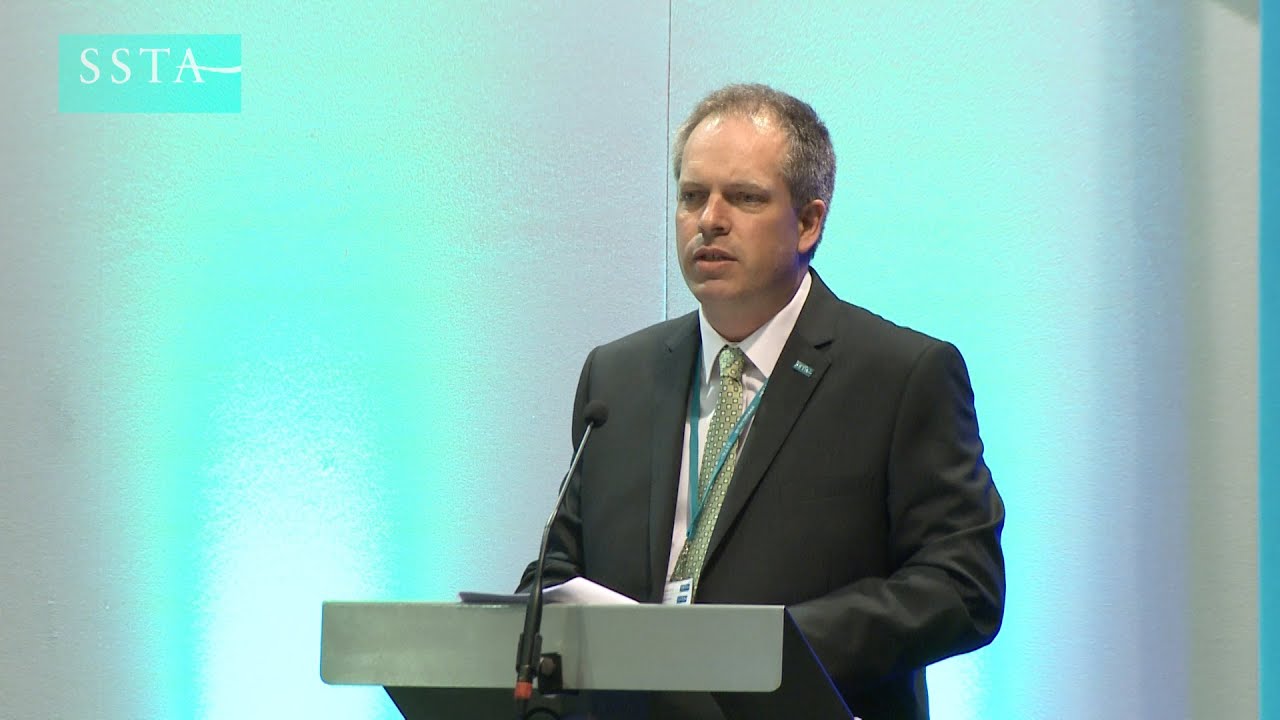
Report of the General Secretary
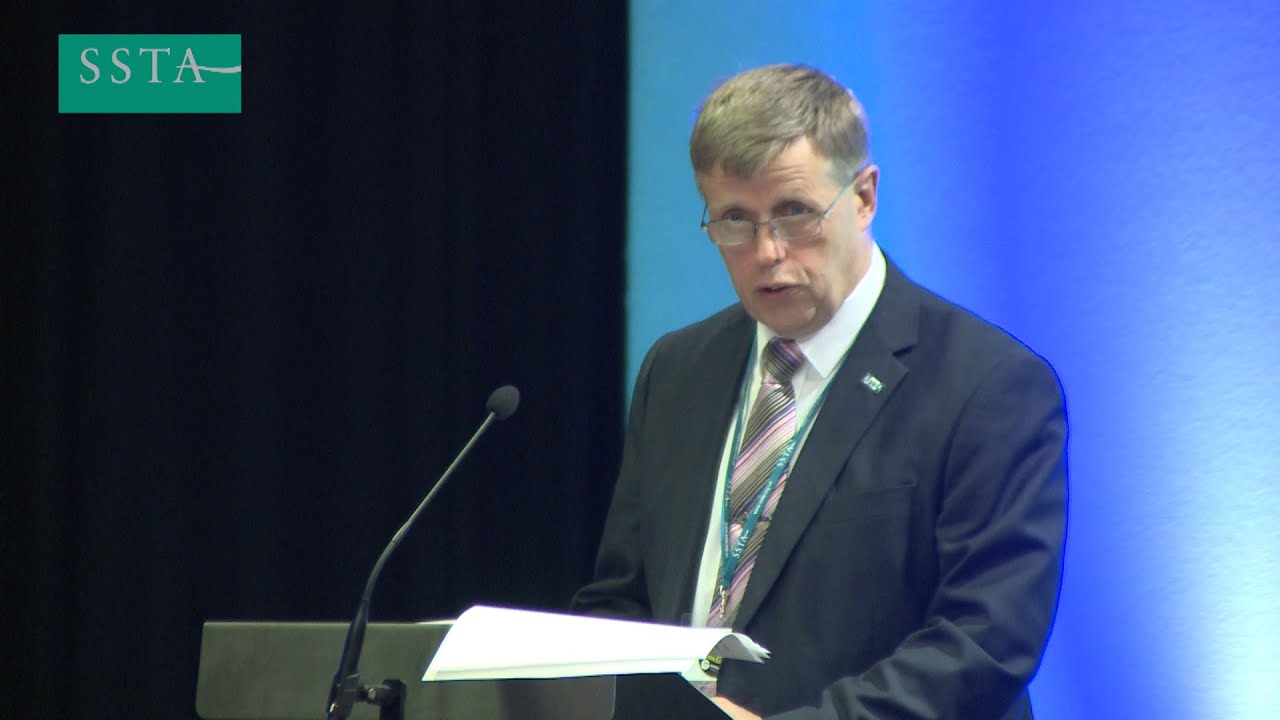
Guest Speech from Professor John Visser, The University of Northampton
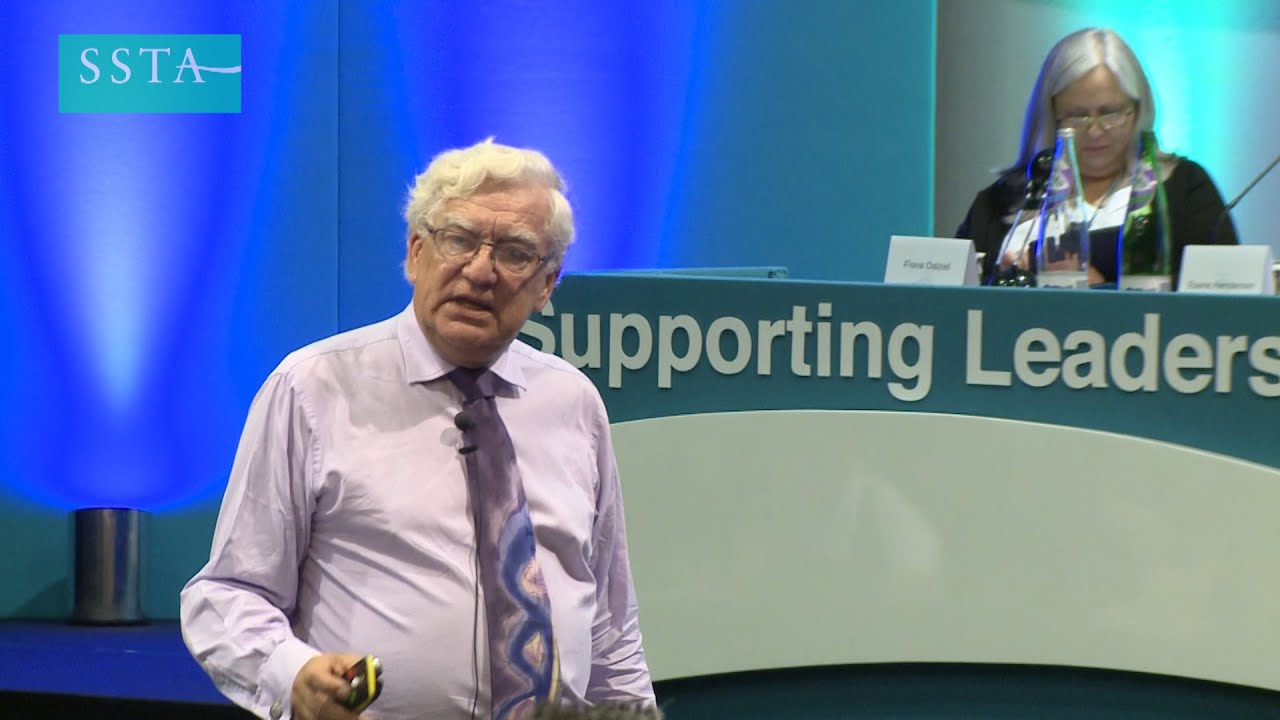
Ken Muir, GTCS Chief Executive address Congress and answers members questions.
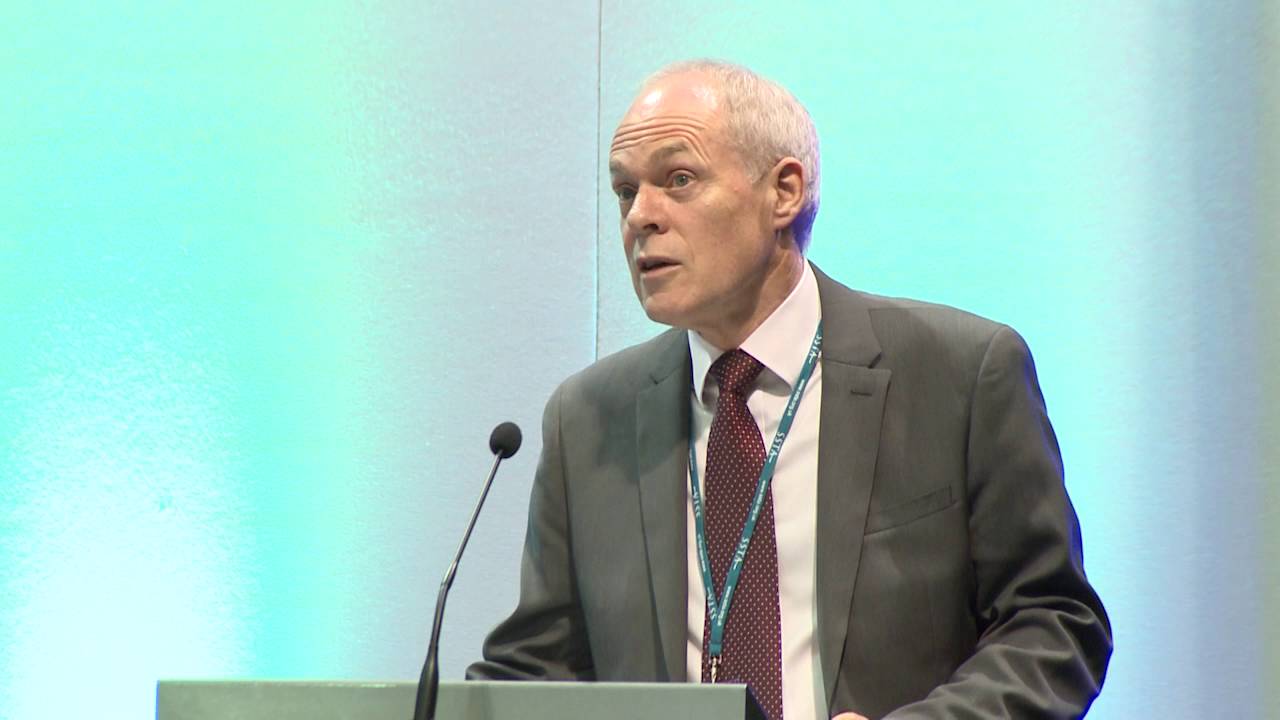
Past President, Margaret Smith receives her Life Membership of the SSTA
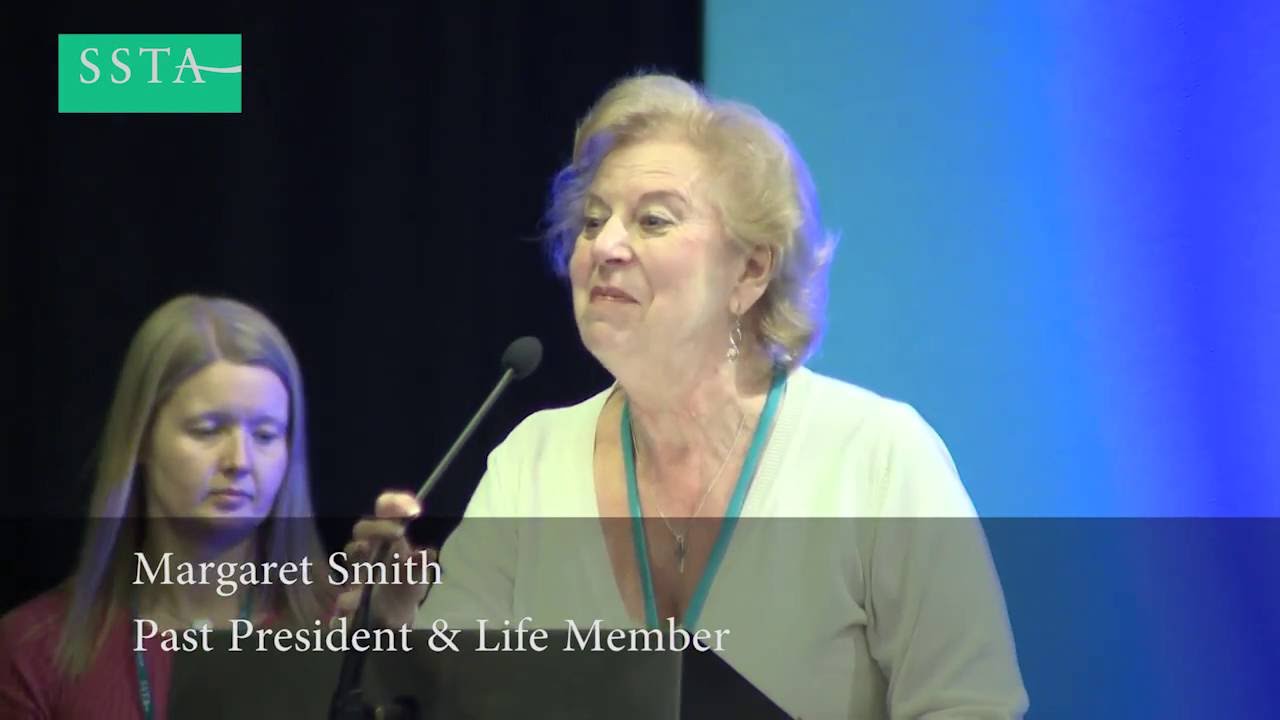
Past President, Alan McKenzie receives his Life Membership of the SSTA
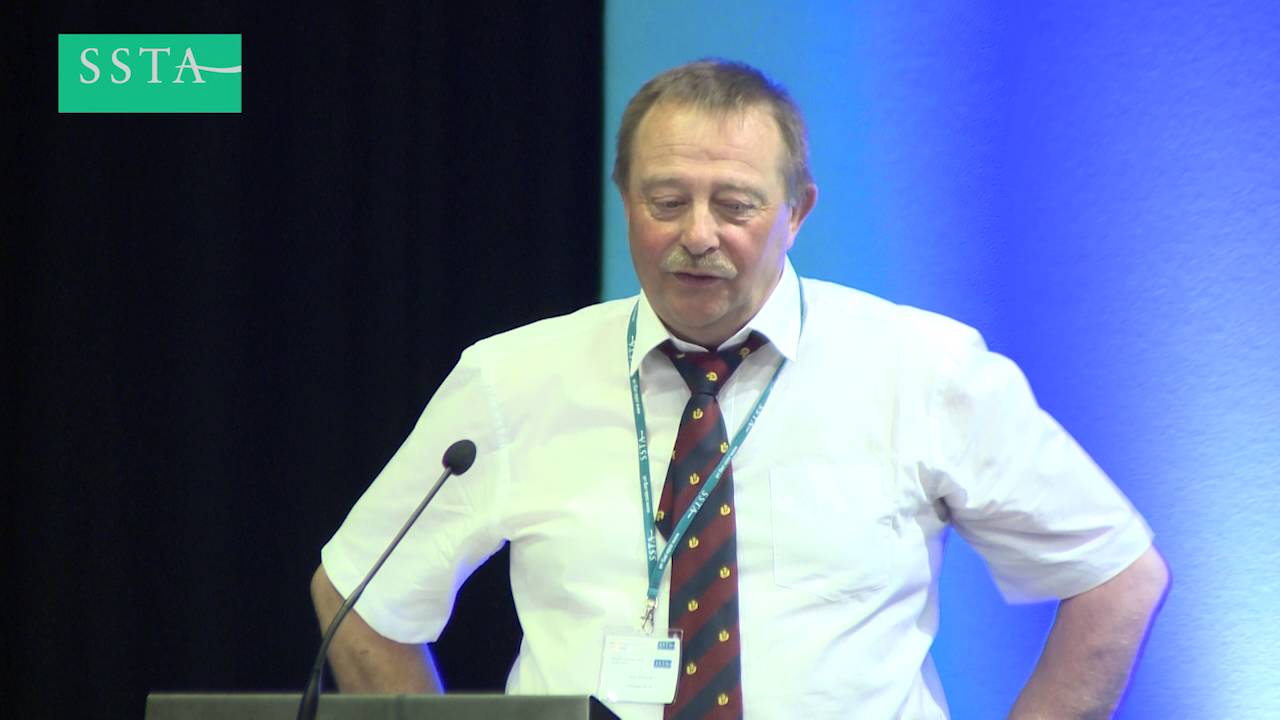
-
SSTA Indicative Ballot
The Association’s Executive Committee is meeting on Friday 26 August to discuss the details of the formal ballot for Industrial Action. A statement to members will be made following the meeting. https://ssta.org.uk/2016/08/ballot-industrial-action-begin/
https://ssta.org.uk/2016/06/ssta-moves-industrial-action-ballot-cut-teacher-workload/
The Indicative Ballot has now closed. A statement was issued on Tuesday 6 June 2016
https://ssta.org.uk/2016/06/ssta-prepared-take-action-cut-teacher-workload/
Increasing teacher workload has been a major issue for SSTA members over a number of years and the SSTA has continuously pressed for measures to reduce teacher workload.
In March 2015, the Government published the ‘Tackling Bureaucracy – Follow-up Report’ that had been intended to reduce teacher workload.
In November 2015, the SSTA conducted a members’ survey on teacher workload that looked at the effectiveness of the ‘Tackling Bureaucracy’ report and the impact of National Qualifications. Results of members’ survey.
In December 2015, the SSTA National Council agreed to conduct an Indicative Ballot of members on taking measures to reduce teacher workload.
In January 2016, the Government established the Assessment and National Qualification Working Group in response to the demand to reduce teacher workload. The group was tasked to make recommendations for the 2016-2017 session and fundamental changes to the system for the long term. The SSTA decided to delay moving forward with the Indicative Ballot until a report was released.
In April 2016, the SSTA National Executive considered the initial report and sought further clarification from the SQA on workload reductions in the 2016-2017 session. SSTA Members’ Bulletin on National Qualifications.
The SSTA is now moving forward with an Indicative Ballot of members on the measures proposed to reduce teacher workload and the action members are prepared to take to reduce workload.
The Indicative Ballot will open on Thursday 19 May 2016 and close at 5pm on Thursday 2 June 2016. Emails with unique voting codes are being sent out to members on Thursday 19 May 2016. Members who have not received an email by Friday 20 May 2016, should contact SSTA HQ at info@ssta.org.uk with details of their work and personal email addresses. Please check the junk/spam folder on your email account before doing so as the email could have been incorrectly flagged as spam.
-
National Qualifications
The Assessment and National Qualification working group report has been circulated to members of the CfE Management Board for approval. However, the SSTA sought clarification from SQA of the measures proposed within the report to reduce teacher workload. A report of the clarifications can be downloading using the link below.
Please note – The SSTA will be moving to an Indicative Ballot of members on ‘teacher workload’ in the coming days. The ballot will carried out on-line and it is essential your email details are up to date to participate in the ballot.

National Qualifications – Members Bulletin -
Indicative Ballot of Members
The SSTA National Council has sanctioned an Indicative Ballot of members on the Government’s Assessment and National Qualification working group report due at the end of March.
The Indicative Ballot of members will be sent out by e-mail with a unique voting code. To ensure that all members who are eligible to a vote receive an email, we are asking that members who have not been receiving emails from the Association contact the SSTA office by emailing info@ssta.org.uk or by calling 0131 313 7300 with a note of their email address(es).
Background
Following a survey of members in December 2015 which clearly found that the SQA requirements and processes had added considerably, and in many cases unnecessarily, to teacher’s workload, the SSTA Council resolved to conduct an indicative ballot of members on cutting bureaucracy in National Qualifications.
The Government established the ‘Assessment and National Qualification working group’ in January and was tasked to produce a report, by the end of March that would reduce teacher workload in the 2016-17 cycle. The SSTA participated in the working group and pushed hard for the recognition of the importance of the teachers’ professional judgement in the process. The working group report was completed on 21 April and has been circulated to members of the CfE Management Board. Until the CfE Management Board meets the report cannot be published to teachers in schools.
The SSTA National Executive has considered the report and has sought clarifications of the measures proposed within the report to reduce teacher workload in the 2016-17 cycle. The SSTA National Executive has prepared a report for members of the proposals and is seeking members’ views on the extent of the workload reductions.
-
National Qualifications and Reducing Teacher Workload
Printable Version
SSTA members have consistently highlighted the need for a reduction in teacher workload in the senior phase of secondary education. A survey of members in December 2015 clearly found that the SQA requirements and processes had added considerably, and in many cases unnecessarily, to teacher’s workload. The SSTA Council resolved to conduct an indicative ballot of members on cutting bureaucracy in National Qualifications.
The Government established the ‘Assessment and National Qualification working group’ in January and was tasked to produce a report, by the end of March that would reduce teacher workload in the 2016-17 cycle. The SSTA participated in the working group and pushed hard for the recognition of the importance of the teachers’ professional judgement in the process. The working group report was completed on 21 April and has been circulated to members of the CfE Management Board. Until the CfE Management Board meets the report cannot be published to teachers in schools.
The SSTA National Executive has considered the report and is seeking clarifications of the measures proposed within the report to reduce teacher workload. As part of that process SSTA will be meeting with SQA to identify the measures that will reduce teacher workload in the 2016-17 cycle. The SSTA National Executive will prepare a report for members of the proposals and will seek members’ views on the extent of the workload reductions.
Please ensure the SSTA Head Office has your current email address as the indicative ballot will be conducted on-line.
Printable Version
-
SSTA Guidance – Trade Union Facilities
ACAS CODE OF PRACTICE
The ACAS Code of Practice ‘Time Off for Trade Union Duties and Activities’ came into effect on 1 January 2010. This revised code was issued under Section 199 of the Trade Union and Labour Relations (Consolidation) Act 1992. ACAS has a duty to provide practical guidance on the role, the responsibilities and time off to be permitted by an employer. http://www.acas.org.uk/index.aspx?articleid=2391
In the Code the term ‘trade union official’ is replaced by ‘union representative’. A ‘representative’, is an official or other person authorised by the union. A union representative means an employee who has been elected or appointed in accordance with the rules of the independent union for collective bargaining purposes.
The Background
Union representatives have had a statutory right to reasonable paid time off from employment to carry out trade union duties and to undertake trade union training since the Employment Protection Act 1975. Union duties must relate to matters covered by collective bargaining agreements between employers and trade unions. Employers and unions have a joint responsibility to ensure that agreed arrangements work to mutual advantage by specifying how reasonable time off for union duties and activities and for training will work.
Time off for Trade Union Duties
Union representatives undertake a variety of roles in collective bargaining and in working with management, communicating with union members, liaising with their trade union and in handling individual disciplinary and grievance matters on behalf of employees. There are positive benefits for employers, employees and for union members in encouraging the efficient performance of union representatives’ work, for example in aiding the resolution of problems and conflicts at work.
Entitlement
Employees who are union representatives of an independent trade union recognised by their employer are to be permitted reasonable time off during working hours to carry out certain trade union duties.
The Safety Representatives and Safety Committees Regulations 1977 regulation 4(2)(a) requires that employers allow union health and safety representatives paid time, as is necessary, during working hours, to perform their functions.Examples of Trade Union Duties
Trade union representatives should be allowed to take reasonable time off for duties concerned with negotiations or for duties concerned with other functions related to or connected with the subjects of collective bargaining.
The subjects connected with collective bargaining may include one or more of the following:
- terms and conditions of employment, or the physical conditions in which workers are required to work. Examples could include: pay; hours of work; holidays and holiday pay; sick pay arrangements; pensions; learning and training; equality and diversity; notice periods; the working environment; operation of digital equipment and other machinery;
- engagement or non engagement, or termination or suspension of employment or the duties of employment, of one or more workers. Examples could include: recruitment and selection policies; human resource planning; redundancy and dismissal arrangements;
- allocation of work or the duties of employment as between workers or groups of workers. Examples could include: job grading; job evaluation; job descriptions; flexible working practices; work-life balance;
- matters of discipline. Examples could include: disciplinary procedures; arrangements for representing or accompanying employees at internal interviews; arrangements for appearing on behalf of trade union members, or as witnesses, before agreed outside appeal bodies or employment tribunals;
- trade union membership or non-membership. Examples could include: representational arrangements; any union involvement in the induction of new workers;
- facilities for trade union representatives. Examples could include any agreed arrangements for the provision of: accommodation; equipment; names of new workers to the union;”
- machinery for negotiation or consultation and other procedures. Examples could include arrangements for: collective bargaining at the employer and/or multi-employer level; grievance procedures; joint consultation; communicating with members; communicating with other union representatives and union full-time officers concerned with collective bargaining with the employer.
- The duties of a representative of a recognised trade union must be connected with or related to negotiations or the performance of functions both in time and subject matter. Reasonable time off may be sought, for example, to: prepare for negotiations, including attending relevant meetings; inform members of progress and outcomes; prepare for meetings with the employer.
Trade union duties will also be related to the receipt of information and consultation related to the handling of collective redundancies where an employer is proposing to dismiss as redundant employees at one establishment. But also including the negotiations with a view to entering an agreement
Payment for Time off for Trade Union Duties
An employer who permits union representatives time off for trade union duties must pay them for the time off taken. The employer must pay the amount that the union representative would have earned had they worked during the time off taken.
Time off to accompany at Disciplinary or Grievance Hearings
Trade union representatives are statutorily entitled to take a reasonable amount of paid time off to accompany a worker at a disciplinary or grievance hearing so long as they have been certified by their union as being capable of acting as a worker’s companion. Time off for a union representative or a certified person to accompany a worker of another employer is a matter for voluntary agreement between the parties concerned.
Training of union representatives in aspects of employment relations and employee development
Training is important for union representatives to enable them to carry out their duties effectively. Training should be available both to newly appointed and to more established union representatives. Union representatives are to be permitted reasonable time off during working hours to undergo training in aspects of industrial relations relevant to the carrying out of their trade union duties.
RELEVANT EMPLOYMENT RELATIONS TRAINING
Training should be in aspects of employment relations relevant to the duties of a union representative. There is no one recommended syllabus for training, as a union representative’s duties will vary according to: the collective bargaining arrangements at the place of work; the structure of the union; the role of the union representative; the handling of proposed collective redundancies or the transfer of undertakings.
Time off for trade union activities
To operate effectively and democratically, trade unions need the active participation of members. It can also be very much in employers’ interests that such participation is assured and help is given to promote effective communication between union representatives and members in the workplace. A member of a trade union is to be permitted reasonable time off during working hours to take part in any trade union activity.
TRADE UNION ACTIVITIES
The activities of a trade union member can be, for example: attending workplace meetings to discuss and vote on the outcome of negotiations with the employer. Where relevant, and with the employer’s agreement, this can include attending such workplace meetings at the employer’s neighbouring locations; meeting full-time officers to discuss issues relevant to the workplace; voting in union elections.
Where the member is acting as a representative of a recognised union, activities can be, for example, taking part in: branch, area or regional meetings of the union where the business of the union is under discussion; meetings of official policy-making bodies such as the executive committee or annual conference; meetings with full-time officers to discuss issues relevant to the workplace. There is no right to time off for trade union activities which themselves consist of industrial action.
The responsibilities of employers and trade unions
Employers, trade unions, union representatives and line managers should work together to ensure that time off provisions, including training, operate effectively and for mutual benefit. Union representatives need to be able to communicate with management, each other, their trade union and employees. To do so they need to be able to use appropriate communication media and other facilities. The amount and frequency of time off should be reasonable in all the circumstances.
For time off arrangements to work satisfactorily trade unions should: ensure that union representatives are aware of their role, responsibilities and functions; inform management, in writing, as soon as possible of appointments or resignations of union representatives; ensure that union representatives receive any appropriate written credentials promptly; ensure that employers receive details of the functions of union representatives where they carry out special duties or functions.
Employers should ensure that, where necessary, work cover and/or work load reductions are provided when time off is required. This can include the allocation of duties to other employees, rearranging work to a different time or a reduction in workloads.
employers should, where practical, make available to union representatives the facilities necessary for them to perform their duties efficiently and communicate effectively with their members
Where resources permit the facilities should include: accommodation for meetings which could include provision for ULRs and a union member(s) to meet to discuss relevant training matters; access to a telephone and other communication media used or permitted in the workplace such as email, intranet and internet; the use of noticeboards; where the volume of the union representative’s work justifies it, the use of dedicated office space; confidential space where an employee involved in a grievance or disciplinary matter can meet their representative or to discuss other confidential matters; access to members who work at a different location; access to e-learning tools where computer facilities are available.
Employers must respect the confidential and sensitive nature of communications between union representatives and their members and trade union. They should not normally carry out regular or random monitoring of union emails. In the context of the Data Protection Act 1998, whether a person is a member of a trade union or not is defined as sensitive personal data.
REQUESTING TIME OFF
Trade union representatives and members requesting time off to pursue their duties or activities, should provide management, especially their line manager, with as much notice as practically possible concerning: the purpose of such time off, while preserving personal confidential information relating to individuals in grievance or disciplinary matters; the intended location; the timing and duration of time off required.
Union representatives should minimise business disruption by being prepared to be as flexible as possible in seeking time off. Equally, employers should recognise the mutual obligation to allow union representatives to undertake their duties.
In addition, union representatives who request paid time off to undergo relevant training should: give at least a few weeks’ notice to management of nominations for training courses; provide details of the contents of the training course.
For their part line managers should be familiar with the rights and duties of union representatives regarding time off. They should be encouraged to take reasonable steps as necessary in the planning and management of representatives’ time off and the provision of cover or work load reduction, taking into account the legitimate needs of such union representatives to discharge their functions and receive training efficiently and effectively.

